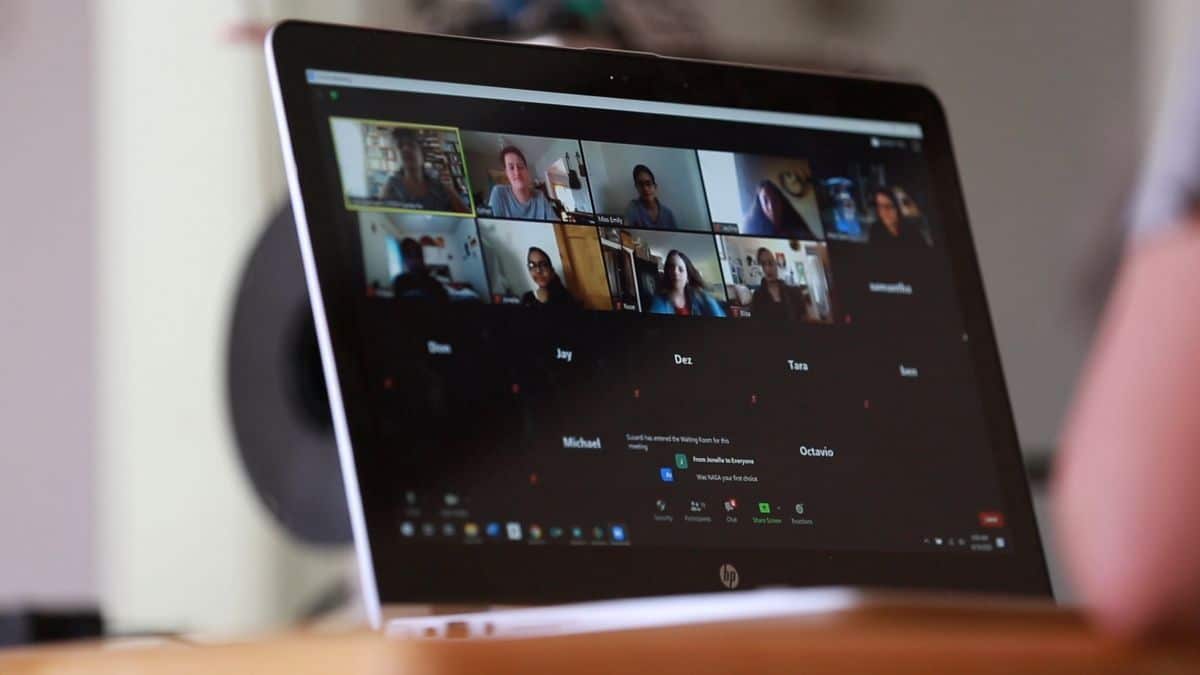Educators need strategies for remote learning that leverage learning management systems to enable student success. These strategies must include the use of secure multi-media and IT technology.
Successful, interactive learning in remote classrooms
Educators need remote learning strategies that leverage learning management systems using secure multi-media and IT technology that enable student success. During the spring of 2020, educators around the world were faced with a harsh reality – continue teaching in person and risk infection or worse, or pivot to remote learning, ready or not. Many had no choice as school districts closed classrooms and expected teachers to be able to teach remotely, quickly.
Tools for remote learning not equivalent to classrooms
Many educators discovered that the tools for remote learning seldom mirror what a teacher can accomplish in a physical classroom. For instance, in primary/secondary education, teachers routinely group students, monitor their activity, provide guidance/hints, and are available for private consultation. Additionally, they are able to quickly handle classroom disruption with a wide variety of strategies, honed from years of experience and advice from colleagues and master teachers or administrators.
In higher education, teachers routinely ask questions from the students, enhance examples with video or other media, and often record their lectures. Both segments use learning management platforms, which provide the anchor for the course, including syllabi, assessments, and content.
In person? Totally remote? Or HyFlex?
As teachers and students return this fall, many countries are still deciding what teaching and learning looks like… is it in person? Will it be totally remote? Is it a hybrid of the two, also known as HyFlex?
No matter the delivery modality, educators know that to best engage their students they will need to provide as close to a physical classroom experience as possible. Providing continuity to familiar activity is an important dimension of interactive remote learning, with remote learning platforms providing:
• Classroom control – the ability to maintain a learning mindset in the classroom
• Integration with LMS platforms – providing comfort in the familiarity of known tools and processes with the use of learning management system (LMS) platforms
• Privacy – ensuring that both the student and teacher’s privacy is protected and respected
• Attendance – allowing the institution or district to know when student success is impacted
• Security – ensuring only registered students are attending
• Multi-media content – the ability to deliver diverse, engaging content, including video, audio, graphical, text and PowerPoint media
Controlling the classroom to maintain a learning mindset
Ideally, classroom controls are set up generally for each course, with the instructor deciding how much access they allow for all students, with granular controls during instruction where the teacher can swiftly enable necessary features (chat, video, audio, file sharing) for a specific student. In addition, another aspect of classroom control is to group students into study or activity groups, such that the teacher is able to monitor their activities.
• Privacy – ensuring that both the student and teacher’s privacy is protected and respected
• Attendance – allowing the institution or district to know when student success is impacted
• Security – ensuring only registered students are attending
• Multi-media content – the ability to deliver diverse, engaging content, including video, audio, graphical, text and PowerPoint media
Integration with learning management systems
Integration with an LMS platform allows the teacher to continue to use the same tools as when they were on campus, providing a steady, familiar experience, reducing stress and the need to learn new tools or methods during an already stressful time.
Student privacy must be securely protected whether in a physical or virtual classroom
The desire to protect our children’s privacy is global. It is easy to mix the concept of privacy with security, as they are two sides of the same coin. We need to ensure that communications in the virtual classroom are as private as if the teaching were happening on campus.
This means that we also need security – ensuring only the students that are registered have access to the classroom. Private communication in remote learning environments start with end-to-end encryption, but they don’t stop there. If the remote learning application is in the cloud, the data needs to be encrypted there too, with ISO/IEC 27001 certification assuring appropriate security management is in place to protect access to the data.
Attendance is mandatory for success
Student success is a trending focus point for higher education. Returning to campus greatly improves the results of this focus, but if the campus is in hyflex or fully remote teaching mode, it is difficult to identify and intercede. Course attendance is the first predictor of a student’s academic success.
As with primary / secondary institutions, class attendance data is critical to determine if intervention or other strategies are warranted. Therefore, when on campus, location based services can provide an automated mechanism to determine attendance. And, in HyFlex or fully remote, automated attendance reporting should be a criteria.
Multi-media content
Lastly, no matter the modality used for returning to school, engaging teaching strategies, leveraging interactive and multimedia resources will be widely employed. This should be no surprise when analyzing course evaluations from the spring. Students are more engaged when they are involved in the content, mirroring the research reported by Educause Research on 2019 Study of Undergraduate Students and Information Technology that students prefer a blended learning environment for many classroom activities.
While on campus, accessing bandwidth intensive materials requires high performance Wi-Fi supported by the underpinning Ethernet infrastructure, further supported by policy driven student profiles that enable access and preserve network performance.
Whether the fall of 2020 is a return to normal, a return to the spring or something in between, the lessons we’ve learned can help you provide the teaching and learning environment that best suits your student’s success.

